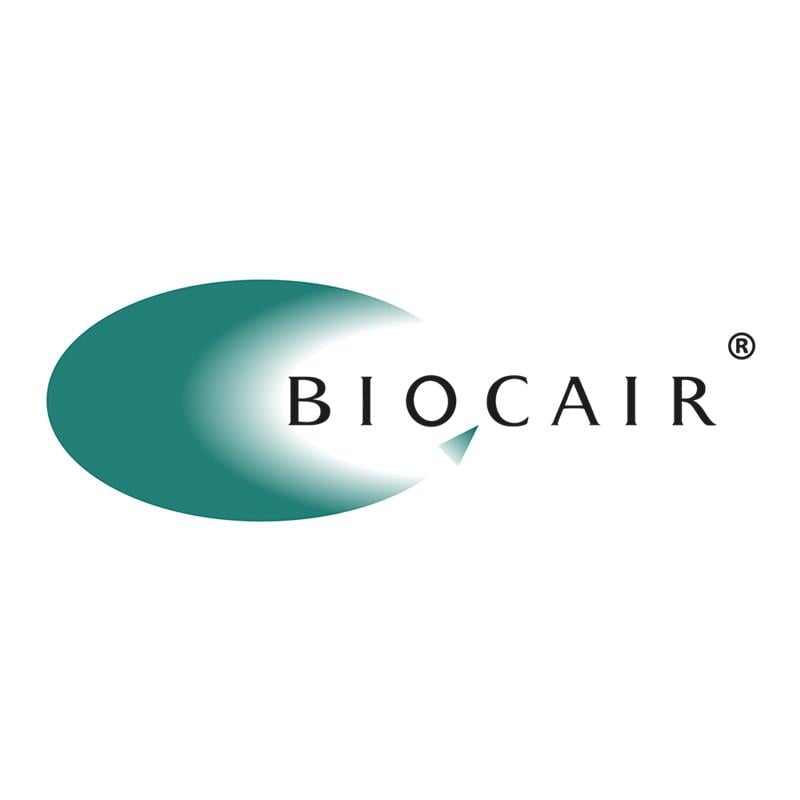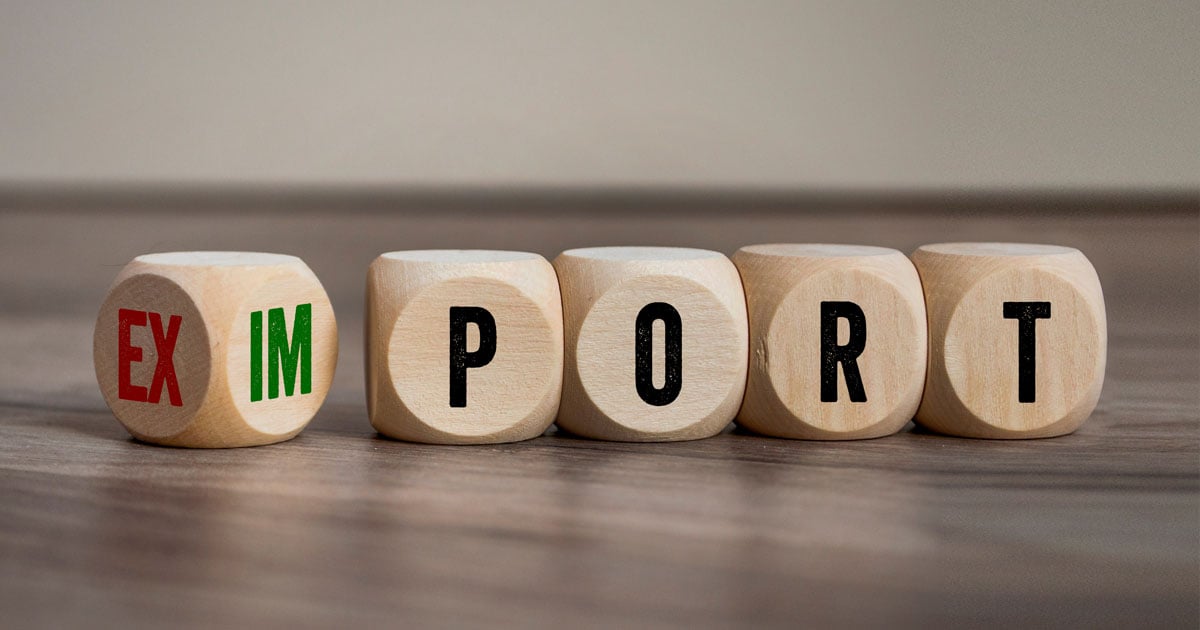In the world of pharmaceutical logistics, getting medicines from the lab to the patient is about much more than moving boxes. Especially for temperature-sensitive products—like vaccines, biologics, and cell and gene therapies—every shipment must follow strict rules to protect quality and safety.
One of the key sets of rules is Good Distribution Practice (GDP), which sets the foundation for how medicines should be stored, handled, and transported. But as the pharmaceutical industry becomes more global and more complex, GDP is just the beginning. New and evolving regulations from different regions and organizations are adding layers of expectations—and challenges.
Let’s look at what this means in simple terms, and how companies can stay compliant while keeping shipments moving efficiently.
Why Regulations Matter in Cold Chain Logistics
Temperature-sensitive medicines must be stored within specific temperature ranges, such as 2–8°C or -20°C, to stay effective and safe. If they are exposed to the wrong temperatures—what’s known as a temperature excursion—they may lose their potency or even become unsafe for use.
To protect patients, health authorities around the world have put rules in place that guide how pharmaceutical products should be handled throughout the supply chain. These rules apply to everyone involved—manufacturers, logistics providers, warehouses, and even couriers.
What’s Changing in Global Regulations?
In recent years, we’ve seen new updates and guidelines that go beyond traditional GDP. A few examples include:
- EU Annex 1: Updated in 2023, this regulation focuses on sterile medicinal products. While it’s mostly about manufacturing, it also emphasizes clean handling and contamination control—which affects how products are packed and moved.
- USP <1079>: This U.S. Pharmacopeia chapter outlines best practices for temperature-sensitive drug distribution. It talks about everything from risk management to monitoring and storage.
- WHO Guidelines: The World Health Organization offers global guidance, especially for low- and middle-income countries. Their focus is on ensuring medicine quality throughout international supply chains.
What do these all have in common? They raise the bar for documentation, temperature control, staff training, and risk planning in logistics.
The Real-World Impact on Shipping Pharma Products
For companies shipping temperature-sensitive pharmaceuticals globally, these regulatory updates create new challenges:
- More paperwork: Different countries require different documentation ensuring traceability of material conditions throughout transit.
- Stricter controls: Packaging must be validated to maintain temperature for longer durations. Some shipments may need real-time monitoring or temperature maintenance contingencies.
- Higher expectations for training: Everyone involved in the logistics process—from drivers to warehouse staff—must be trained in compliance with the latest standards.
Failing to meet these requirements can lead to shipment delays, product loss, or fines—but more importantly, it can put patient safety at risk.
How to Stay Ahead
Staying compliant in a changing regulatory landscape doesn’t have to be overwhelming. Here are three simple steps companies can take:
- Work with specialized logistics providers
Choose a logistics partner with experience in life science logistics and the ability to handle the entire cold chain supply chain. They’ll understand the latest regulations and help you stay compliant across borders.
- Use the right packaging and monitoring
Make sure your shipments use validated packaging designed for the right temperature range and include data loggers to track temperature.
- Keep training and documentation up to date
Ensure that everyone involved in your supply chain is trained in current best practices and maintain complete records for every shipment.
Conclusion
Global regulations around pharmaceutical logistics are becoming more detailed and demanding. While GDP remains the foundation, companies must now consider additional guidelines from the EU, U.S., WHO, and others. Understanding and applying these rules helps ensure not just compliance—but also the safe, timely delivery of life-saving therapies.
At Biocair, we stay ahead of global regulatory changes, so you don’t have to. Our expert teams design fully compliant, temperature-controlled logistics solutions that protect product integrity and patient safety—every step of the way.
Related Contents:

Biocair
Cold Chain Solutions for Life Sciences and Pharma
Biocair is a global logistics provider specializing in pharmaceutical, biotechnology and life sciences supply chain solutions with nearly 40 years of experience. By assembling a team of best-in-class industry experts in quality, cold chain and regulatory compliance, Biocair focuses on providing the most comprehensive time-sensitive and temperature-controlled solutions.


